Principles of Economics



Version 5.0
By Alan Grant, Libby Rittenberg, and Timothy Tregarthen
Included Supplements
Key Features
- Over 110 embedded links to streaming videos enrich hybrid and online courses. They capture students’ interest, counter the perception of economics as the “dismal science,” and reveal the deeper meanings of economic principles in memorable ways
- The integrating theme for the microeconomics chapters is the marginal decision rule, a simple approach to choices that optimize the value of some objective. Instead of a hodgepodge of rules for different market conditions, the authors provide a commonly accepted foundational rule that can be applied within any market setting
- The integrating theme for the macroeconomics chapters is the model of aggregate demand and aggregate supply. This model encourages learners to consider both short-run and long-run concepts to address a variety of policy issues and debates more efficiently
- Relies heavily on real-world data. The macroeconomics chapters, in particular, draw heavily on data from the FRED database, and contains over 45 time series graphs
- The book’s data-driven approach isn’t limited to the ordinary (GDP, unemployment, inflation, etc.). It also illustrates the interesting and distinctive, including the unusual efforts of 1700s English homebuilders to avoid the window tax (Section 4.4); the optimal amount of exercise (Section 8.2); and the remarkable correlation between consumer confidence and spending on durable goods over a 60-year time horizon (Figure 20.3)
- Every chapter begins with a brief Start Up scenario, a timely, real-world attention-getter that often puts students into a decision-making role. Examples include: is going to college a good investment? (Chapter 12); why is it so hard to find an inexpensive pair of eyeglasses? (Chapter 11); and what’s the best strategy for becoming a millionaire? (Chapter 23)
- Seamlessly incorporates the lessons learned so far from the COVID-19 pandemic, the related recession, and the inflationary recovery
- Supportive learning features include:
- Start Up features vividly demonstrate the link between theory and reality and are revisited throughout the chapter
- Learning Objectives at the start of each main section preview the material to come and prepare students to learn
- Heads Up! notes warn of common errors and explain how to avoid making them
- Key Takeaways at the end of each main section reflect the corresponding Learning Objectives and summarize key ideas in bullet-point fashion. Key Takeaways enable the learner to pause and consolidate the information just read into a "chunk." This process enables the reader to better understand and retain the section’s content and its key concepts
- Key Terms and a marginal glossary help students understand and become comfortable with important vocabulary and phrases
- Pop! Goes the Econ features provide links to contemporary examples that connect with students. Engaging examples include “Ron Swanson Weighs in on Specialization and Exchange” (Section 2.4), “Market Failure in A Beautiful Mind” (Section 6.4), “Bart Simpson Starts a Bank Run,” (Section 22.3), and “Crowding Out in The Shawshank Redemption” (Section 25.4). Each Pop! Goes the Econ video is linked to one or more end-of-chapter problems
- Try It! problems are organized by main section. These problems encourage active learning and help students confirm they understand the material just covered. Each Try It! problem is linked to a similar end-of-chapter exercise
- Case in Point scenarios are applications illustrating the influence of economic forces on real issues and real people such as “A Deadly Elasticity” (Section 5.3) or “Jerome Powell and the Triple Mandate” (Section 24.2). Each Case in Point application is linked to an end-of-chapter problem
- Summary pulls together the information presented in the chapter to enhance recall and facilitate test preparation
- End-of-Chapter Concept Problems and Numerical Problems help students check understanding, promote discussion, and prompt learners to analyze and think critically about material just presented
- Customizable
Students
- Online Access Price
- $49.95
- Color Printed Textbook with Online Access Price
- $86.95
Principles of Economics is suitable for introductory economics courses usually called Principles of Economics, Economics Principles, Introductory Economics, or similar titles taught primarily at the undergraduate level at two- and four-year colleges and universities. It may also be appropriate for courses taught at the MBA level. This full-length volume encompasses both microeconomics and macroeconomics and would typically be used in a full-year sequence. Separate volumes titled Principles of Microeconomics and Principles of Macroeconomics are available for semester- or quarter-long courses.
The book’s two core premises structure the narrative and enliven its many supportive learning features:
- Economics is a unified discipline and not a bewildering array of seemingly unrelated topics. As a result, the book is built around key integrating themes of the marginal decision rule (microeconomics) and the model of aggregate demand and aggregate supply (macroeconomics).
- Basic economic principles are relevant to daily life and should be explained in everyday contexts. In this way, learners more readily perceive and understand the deeper meaning of core economic ideas. Engaging in-text applications and plentiful embedded video links are drawn from sports, politics, campus life, popular culture, and other familiar settings to illustrate the connections between theoretical principles and common experiences.
Examples of the forward-looking perspective of Version 5.0 include new research on the impact of AI on labor markets, the effects of graduating college during an economic downturn, managing the overuse of water resources, and controversies surrounding the effectiveness of monetary and fiscal policy. This version also provides an up-to-date evaluation of the COVID-19 recession, including its impact on economic inequality, data-driven descriptions of the extraordinary policy response, and lingering aftereffects of such policies. As in previous versions, there is an appropriate balance between current issues and historical context.
New in This Version
- Enhanced discussion of the COVID-19 pandemic, including extensive coverage of recovery-induced inflation and the Fed’s subsequent tightening
- Seventeen new “Case in Point” features highlight news items, academic research, and economic curiosities to help students connect theory with the real world:
- “Economics Scores Big in Professional Soccer” (Section 1.3)
- “Tumbleroot Brewery Gets Out of the Booze Business” (Section 3.3)
- “Vegas Refuses to Gamble on Water” (Section 5.2)
- “A Deadly Elasticity” (Section 5.3)
- “Not Enough Rat Poison in Your Drinking Water” (Section 6.2)
- “Life in the Fast Lane” (Section 7.2)
- “Economies of Scale: Ruining Beer Since 1941” (Section 8.3)
- “Opera Hits Soaring High Notes, Thanks to Copyright” (Section 10.2)
- “Drought Relief: Two-Way Trade in Virtual Water” (Section 14.3)
- “A COVID-19 Inequality” (Section 16.2)
- “People Lie. Their Data Doesn't” (Section 16.4)
- “Will AI Increase Unemployment?” (Section 19.4)
- “Full Adjustment in Record Time” (Section 20.4)
- “Fed's Inflation Policy Drives SVB Under” (Section 22.3)
- “Jerome Powell and the Triple Mandate” (Section 24.2)
- “Can an Equation Beat the Fed at Monetary Policy?” (Section 24.4)
- “Driving Blind” (Section 29.4)
- Dozens of new Pop! Goes the Econ embedded links to streaming videos. To enhance learning, each Pop! Goes the Econ video is now linked to an accompanying end-of-section problem
- Timely and full discussion of the Fed’s monetary policy regime in the ample reserves era in “The Federal Reserve System” (Section 22.4)
- Thorough revision of each chapter’s end-of-chapter problems, including problems linked to each Try It! problem, each Case in Point application and each Pop! Goes the Econ video
- A new section “The Gains from Trade” (Section 14.2) discusses the sources of comparative advantage
- Hundreds of new graphing problems in FlatWorld Homework
- About the Authors
- Acknowledgments
- Dedication
- Preface
-
Chapter 1: Economics: The Study of Choice
-
Chapter 2: Confronting Scarcity: Choices in Production
-
Chapter 3: Demand and Supply
-
Chapter 4: Applications of Demand and Supply
-
Chapter 5: Elasticity: A Measure of Response
-
Chapter 6: Markets, Maximizers, and Efficiency
-
Chapter 7: The Analysis of Consumer Choice
-
Chapter 8: Production and Cost
-
Chapter 9: Competitive Markets for Goods and Services
-
Chapter 10: Monopoly
-
Chapter 11: The World of Imperfect Competition
-
Chapter 12: Factor Markets
-
Chapter 13: Public Finance and Public Choice
-
Chapter 14: International Trade
-
Chapter 15: The Economics of the Environment and Natural Resources
-
Chapter 16: Inequality, Poverty, and Discrimination
-
Chapter 17: Introduction to the Macroeconomy: Measuring the Economy’s Output
-
Chapter 18: The Price Level and Inflation
-
Chapter 19: Unemployment
-
Chapter 20: Aggregate Demand and Aggregate Supply
-
Chapter 21: Economic Growth
-
Chapter 22: The Nature and Creation of Money
-
Chapter 23: Financial Markets and the Economy
-
Chapter 24: Monetary Policy and the Fed
-
Chapter 25: Government and Fiscal Policy
-
Chapter 26: Consumption and the Aggregate Expenditures Model
-
Chapter 27: Investment and Economic Activity
-
Chapter 28: Net Exports and International Finance
-
Chapter 29: A Brief History of Macroeconomic Thought and Policy
-
Appendix A: Graphs in Economics
-
Appendix B: The Solow Model of Economic Growth
-
Appendix C: Indifference Curve Analysis of Consumer Choice
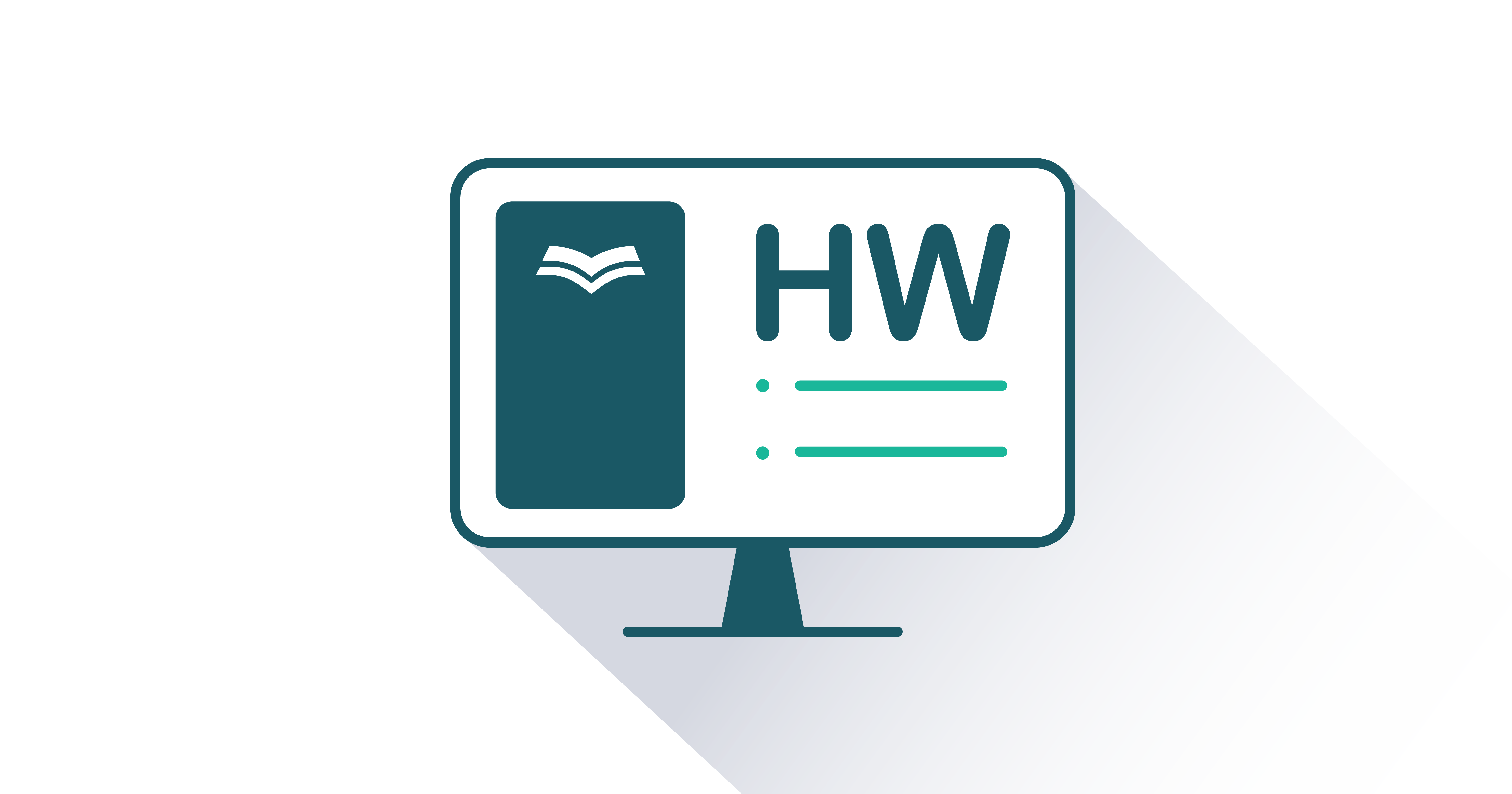
FlatWorld Homework
FlatWorld Homework includes multi-format questions written specifically for your FlatWorld book, which you can access through our stand-alone interface or integrate with your learning management system.
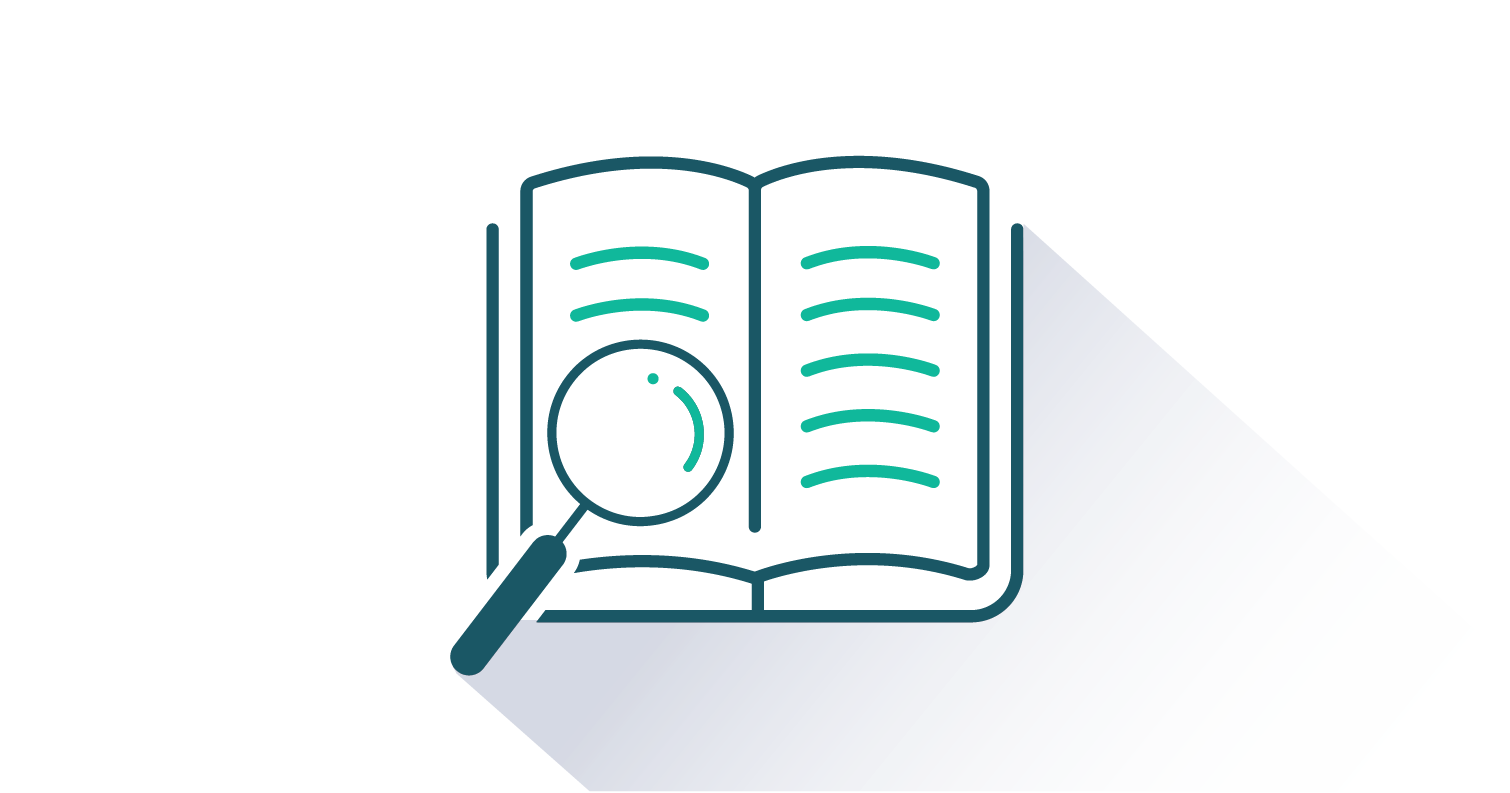
Instructor’s Manual
The Instructor’s Manual guides you through the main concepts of each chapter and important elements such as learning objectives, key terms, and key takeaways. Can include answers to chapter exercises, group activity suggestions, and discussion questions.
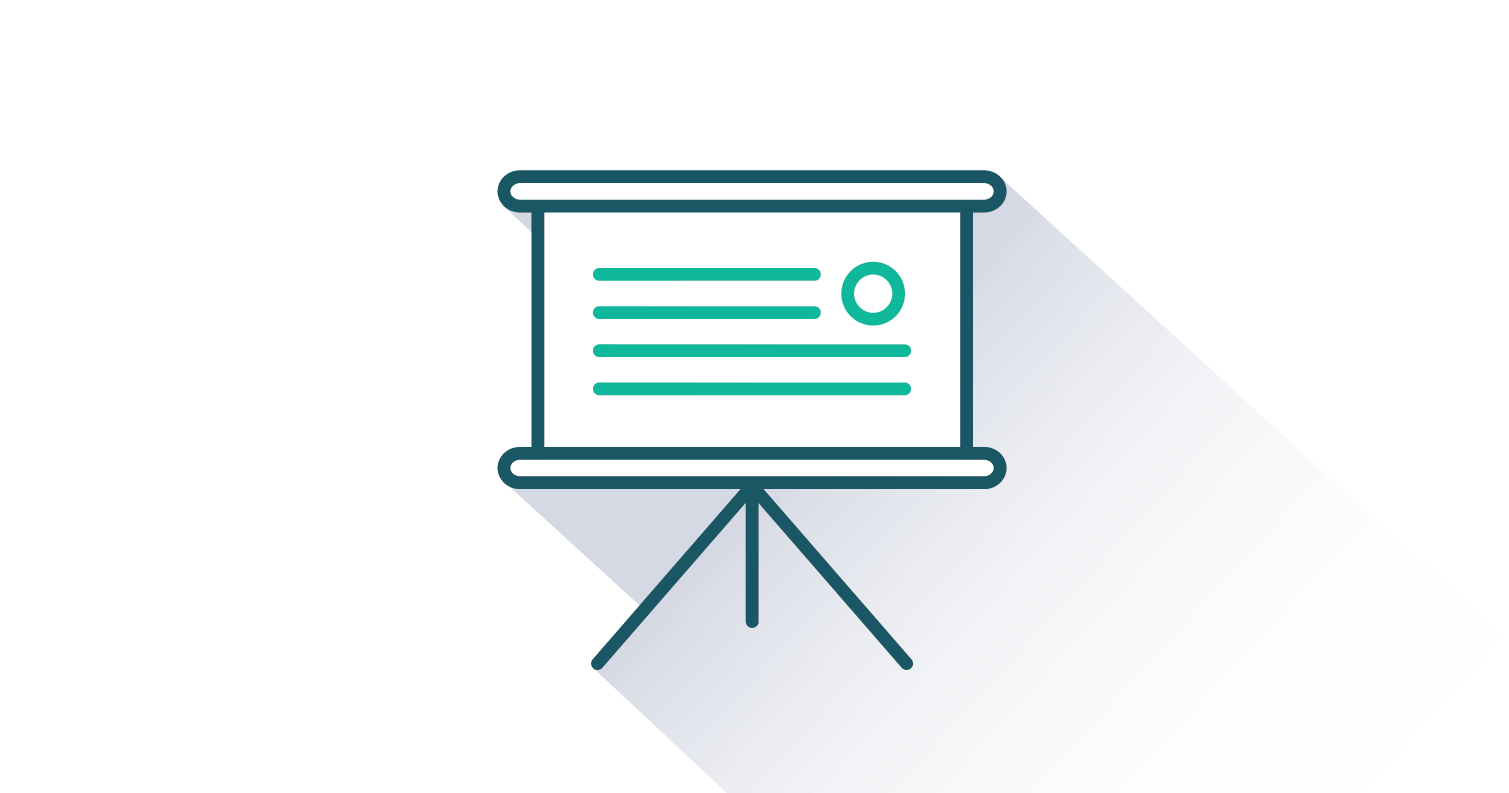
PowerPoint Lecture Notes
A PowerPoint presentation highlighting key learning objectives and the main concepts for each chapter are available for you to use in your classroom. You can either cut and paste sections or use the presentation as a whole.
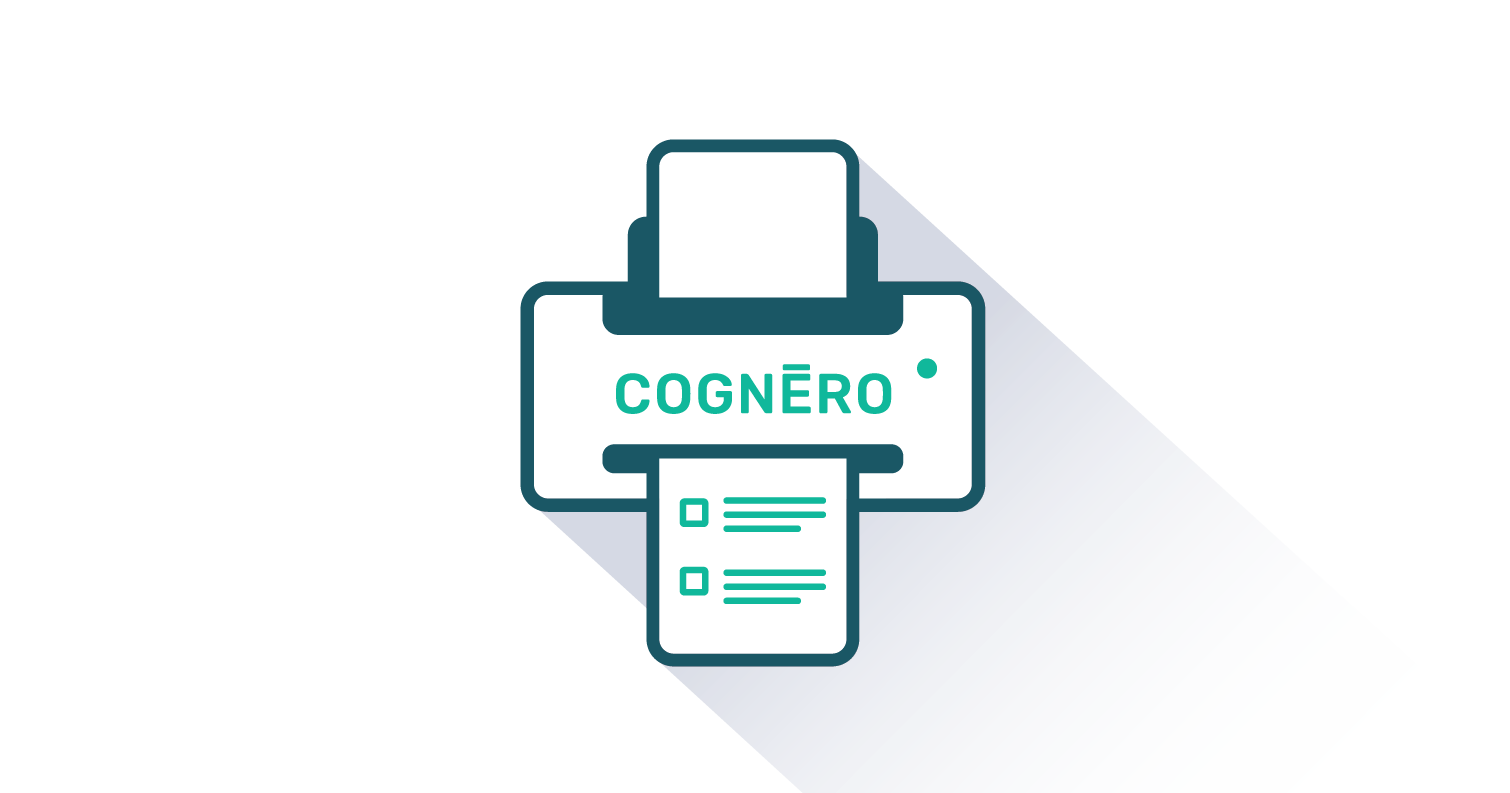
Test Generator - powered by Cognero
FlatWorld has partnered with Cognero, a leading online assessment system, that allows you to create printable tests from FlatWorld provided content.
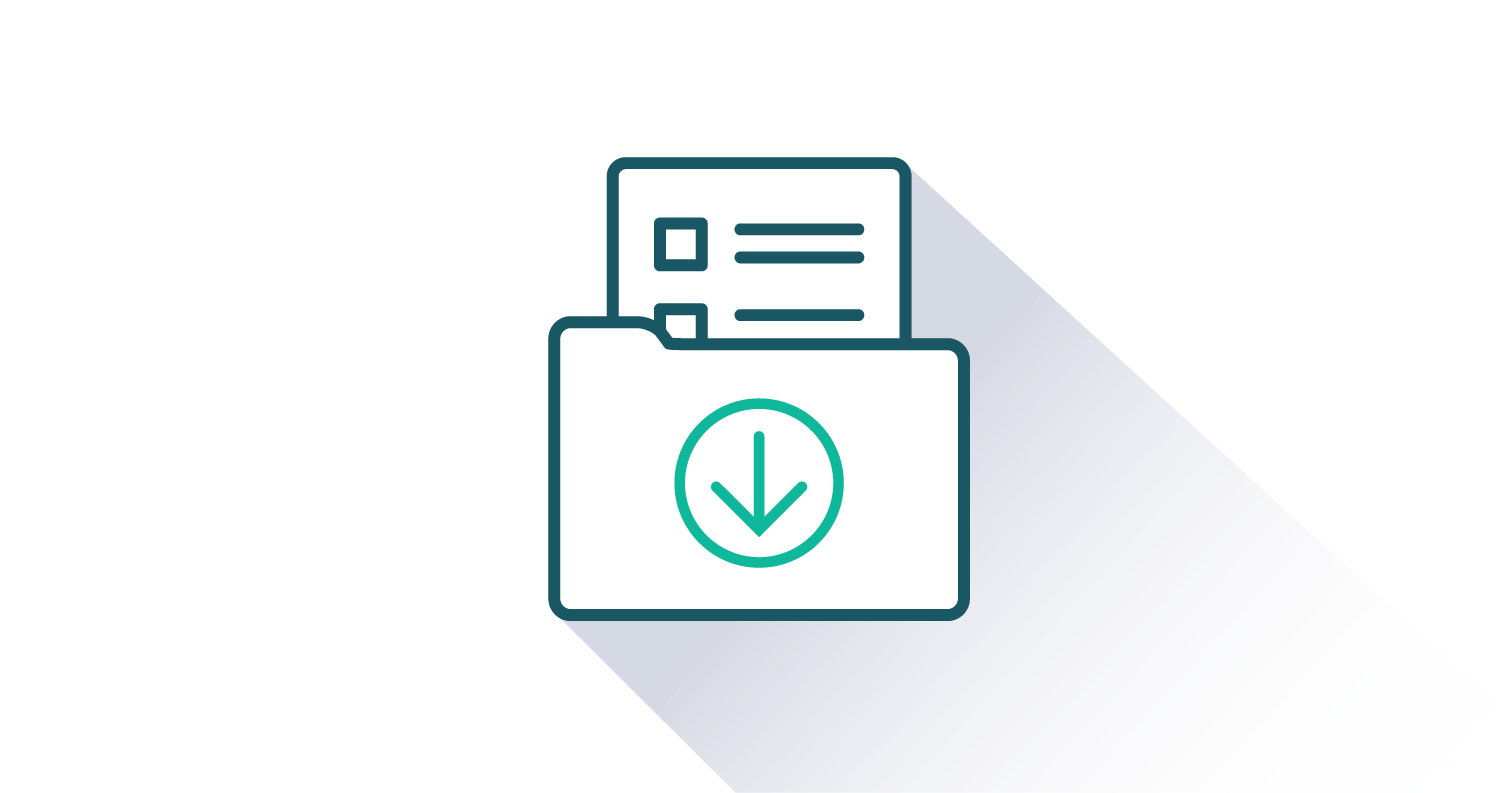
Test Bank Files for Import to Learning Management Systems
For your convenience, we've packaged our test items for easy import into Learning Management Systems like Blackboard, Brightspace/D2L, Canvas, Moodle, or Respondus.
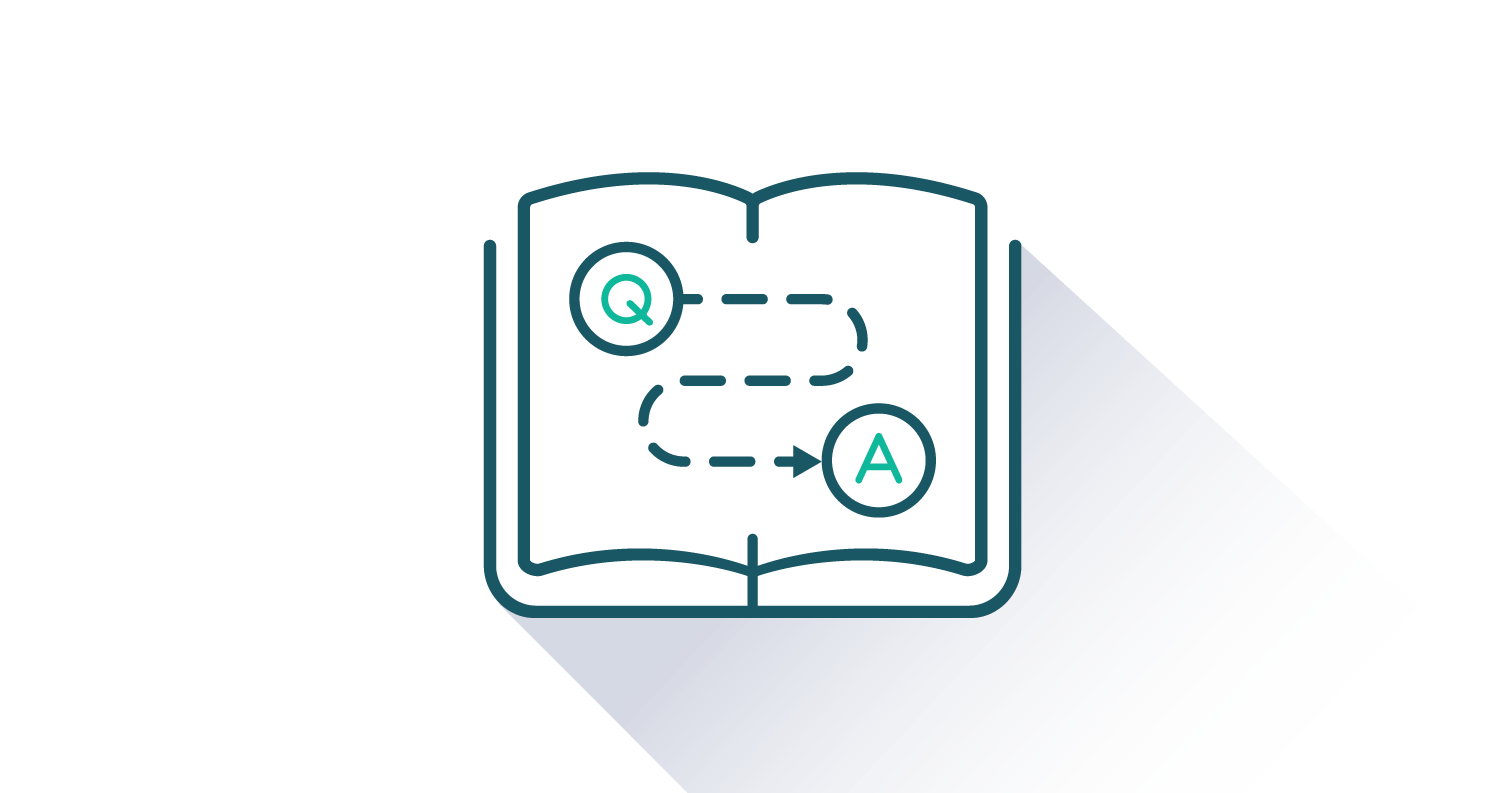
Solutions Manual
For exercises that need a little more explanation, our Solutions Manual will take you step by step through solving the problem and offer explanations on the answer.
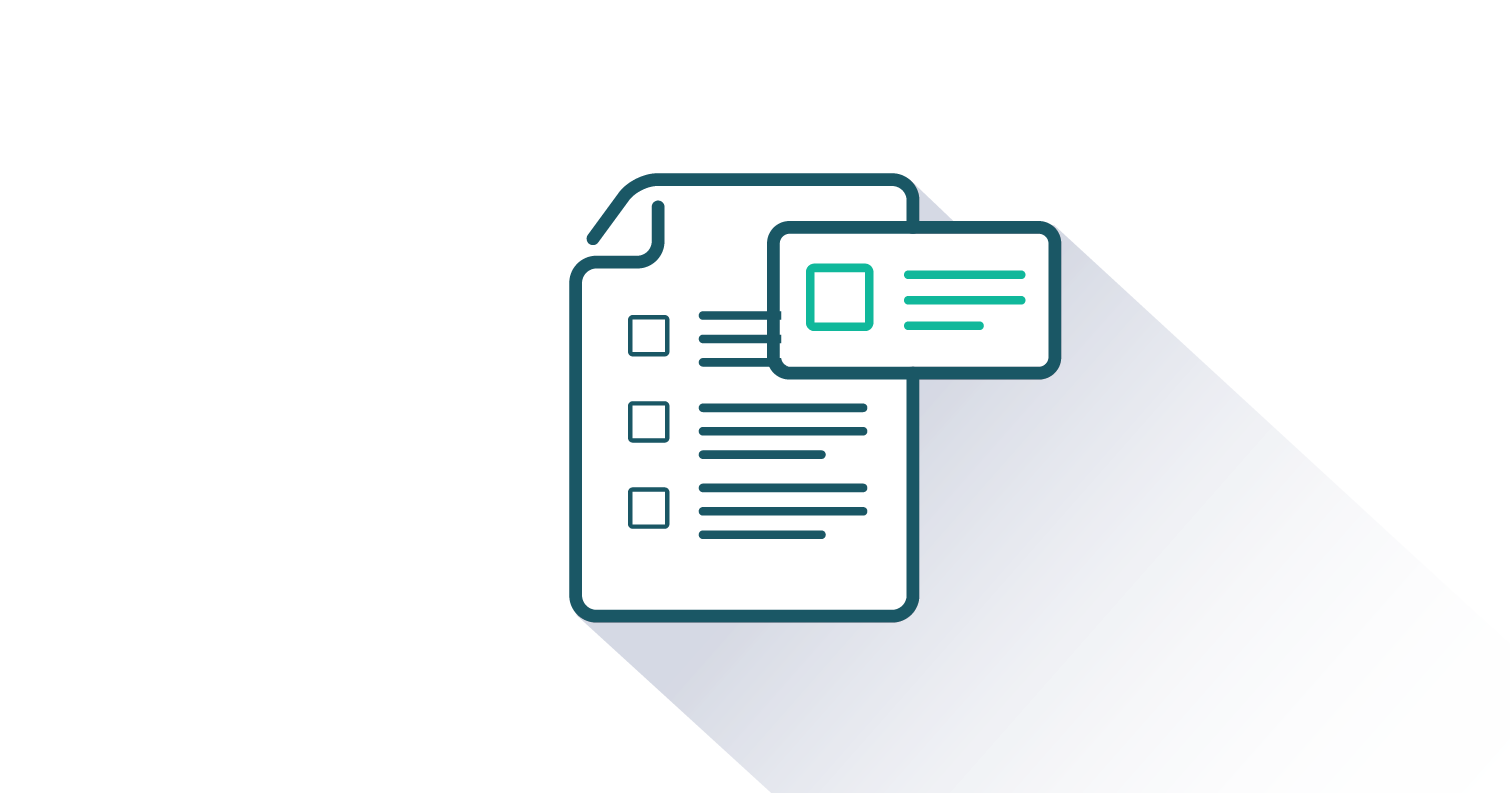
Test Item File
Need assistance in supplementing your quizzes and tests? Our test-item files (in Word format) contain many multiple-choice, fill-in-the-blank, and short-answer questions.
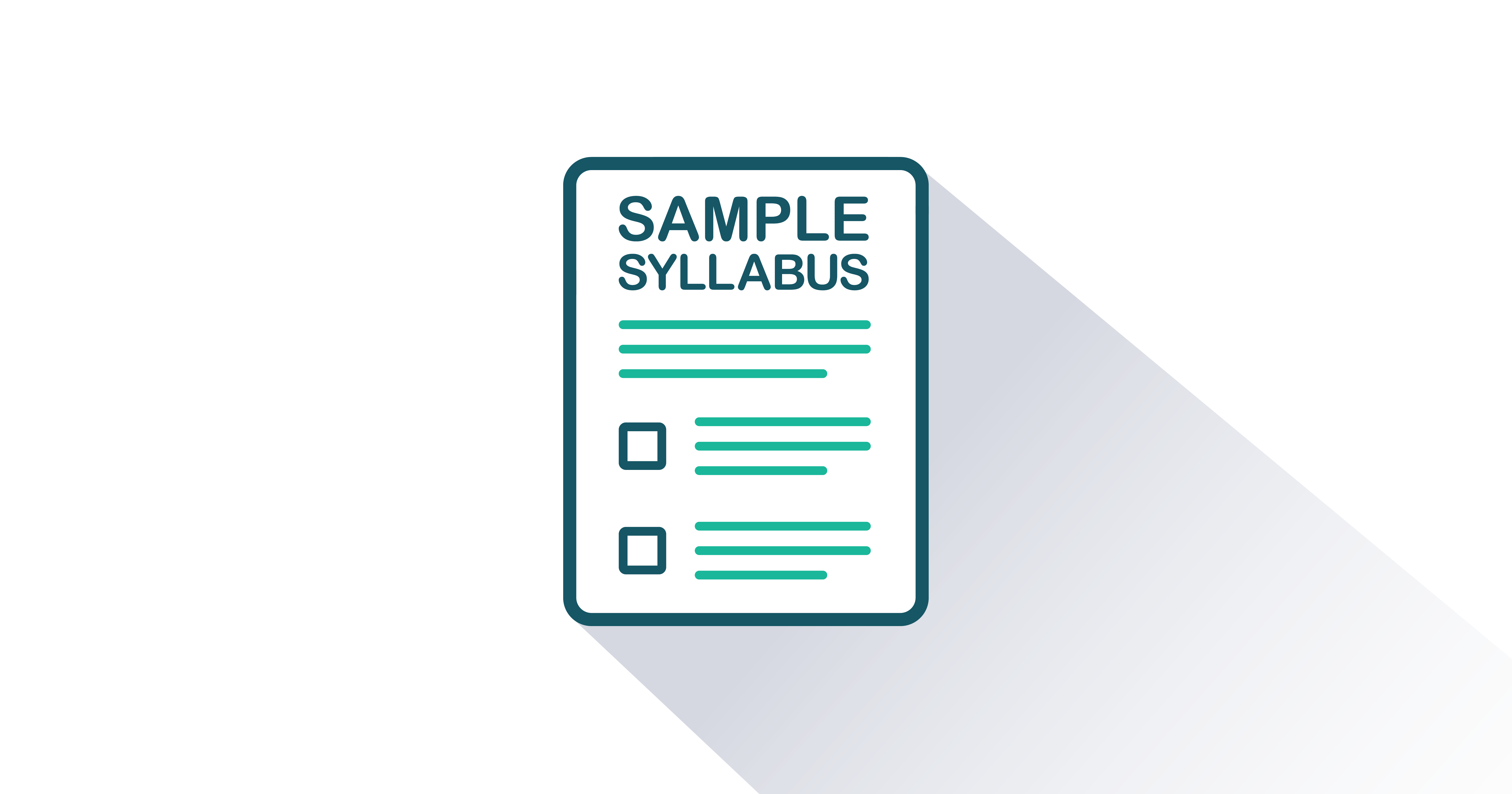
Sample Syllabi
Sample syllabi provide useful templates to help new faculty adopters revise their teaching plans to match their assigned FlatWorld textbook or lend insights to existing adopters on how to organize their classes.
DownloadAt FlatWorld, we take pride in providing a range of high-quality supplements alongside our titles, to help instructors teach effectively. Supplements are available for instructors who have registered their adoption with us. If you need to review or preview something specific, please contact us.
Already registered? Sign in here.
Additions & Errata
9/22/25:
Section 18.2: Number values were corrected in Equation 18.2.
